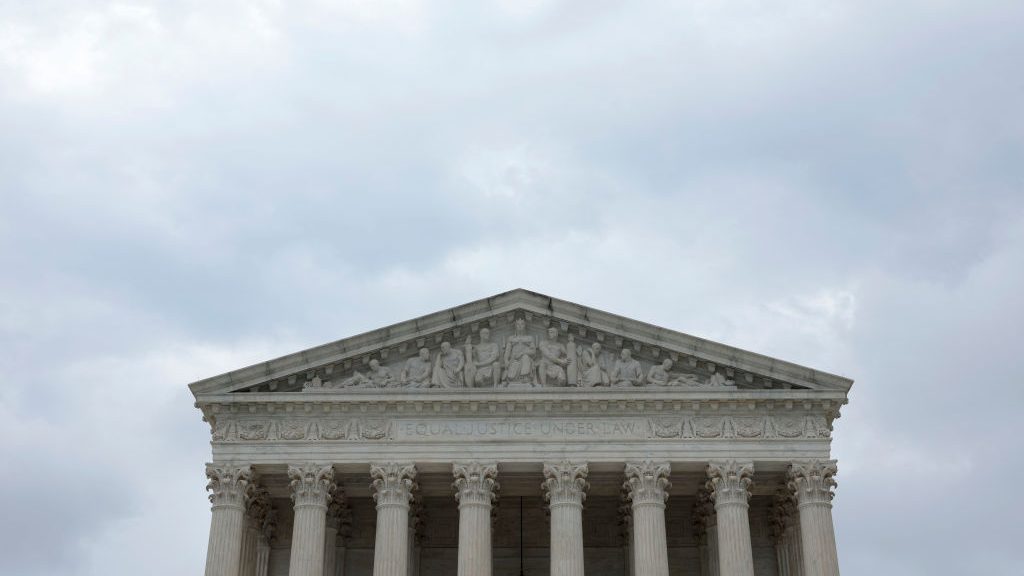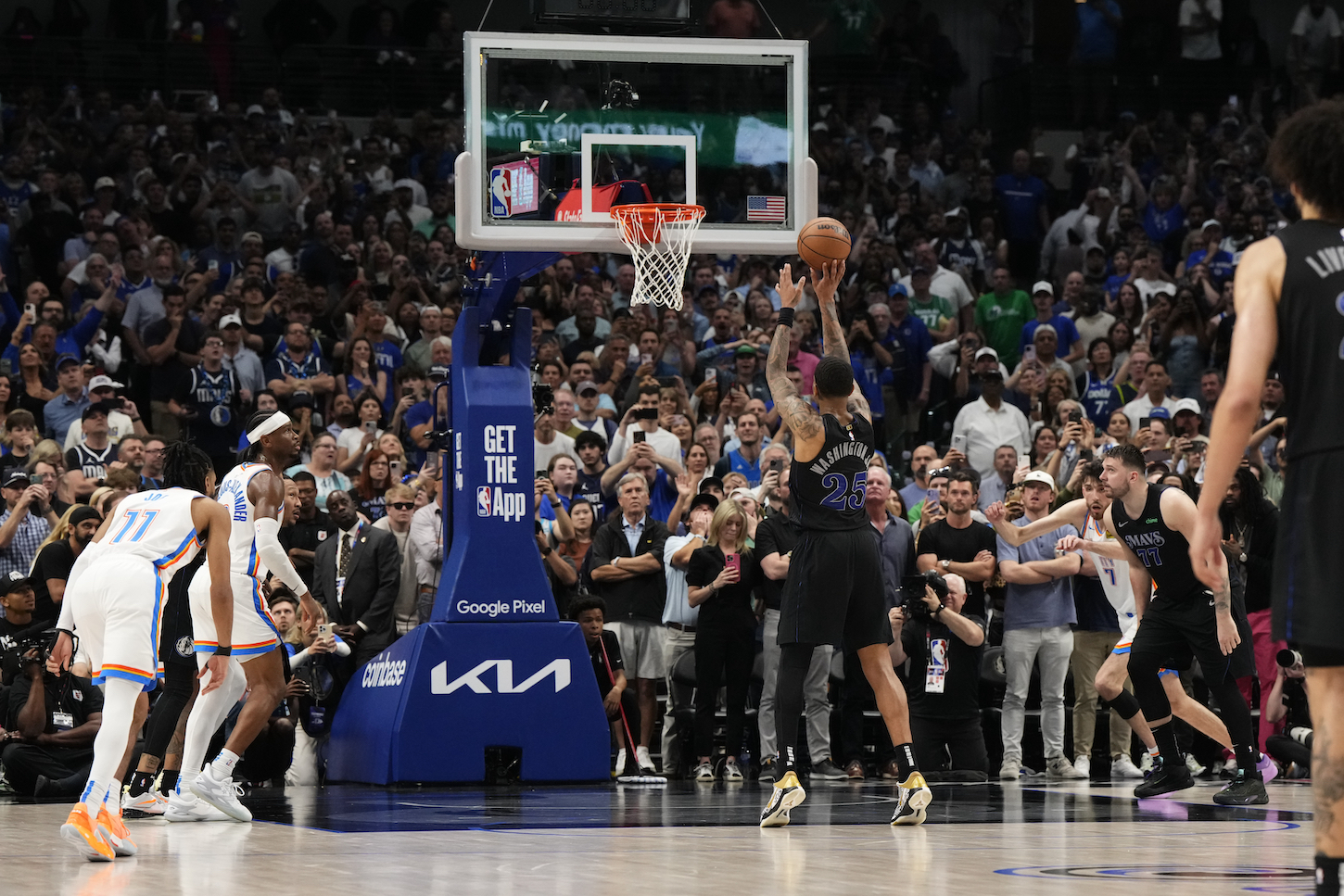In 2018, former Ohio State students began speaking publicly, saying that former university athletics doctor Richard Strauss had sexually abused them during medical exams. What began with a handful of people soon grew into the hundreds, many but not all male athletes from the 1970s, '80s, and '90s. Ohio State now says it has settled with 296 people who said they were abused by Strauss, who died in 2005.
Many people have not settled with Ohio State, however, and more than 100 people want to move forward with lawsuits against the university. In response, Ohio State has chosen to fight, and attempt to get those suits dismissed. But an appeals court ruled against Ohio State in September and said the cases could proceed. So now the university is requesting a review from the highest court in the land, asking the U.S. Supreme Court to consider their case.
The lawsuits against Ohio State say that the university failed to provide the them with proper protection from sexual abuse, which would violate Title IX, the federal civil rights law that bans gender discrimination in education. The university isn't challenging the lawsuits on the grounds that the abuse didn't happen. Instead, Ohio State is telling the Supreme Court that the lawsuits should be stopped because, the university asserts, the clock started ticking on when a person could file a lawsuit after the "alleged injury" happened, and the statute of limitations on their claims is just two years.
"Together, these rulings arm virtually anyone who has visited Ohio State over the past 40 years with a potential Title IX claim today," Ohio State's attorneys wrote. "That shocking result would revolutionize Title IX’s private right of action in a way that neither Congress in 1972 nor this Court in Cannon could have conceived, much less intended."
As the lawsuits moved through the federal court system, a district judge in Columbus agreed with Ohio State and said the lawsuits could not proceed. But when the group appealed, the Sixth U.S. Circuit Court of Appeals sided with them, with two out of three judges writing that it was very reasonable to believe that the men had no way of knowing they had been potential victims of a massive, multi-decade cover-up until 2018. As Judge Karen Nelson Moore wrote for the majority: "The plaintiffs allege that Ohio State concealed Strauss’s abuse and Ohio State’s knowledge of it, destroyed records, gave Strauss false performance reviews, and actively misled students by, for example, telling complainants that no one had ever previously complained about Strauss. The plaintiffs plausibly allege a decades-long cover up. Given these plausible allegations, the plaintiffs adequately allege that they could not have reasonably discovered Ohio State’s conduct. This alone provides sufficient grounds to delay the accrual of their Title IX claims."
Nelson Moore went on to add, referring to a massive law-firm investigation done into Strauss: "It took $6.2 million and 12 months for Perkins Coie to issue its final conclusions. Ohio State is a vast institution, and the plaintiffs’ allegations underscore how difficult it is for a student to know what appropriate persons within the Ohio State administration knew."
Judge Ralph B. Guy Jr. did dissent, writing an argument that in many ways lines up with what Ohio State has sent to the Supreme Court, saying letting the lawsuits proceed "effectively nullifies any statute of limitations for Title IX claims based on sexual harassment." Ohio State cites this dissent repeatedly in their petition for a writ of certiorari.
Steve Estey, an attorney for some of the men, told the Associated Press: “And even though it’s on procedural grounds, to the survivors it appears that Ohio State is trying to avoid accountability for allowing them to be sexually abused."
Attorneys for another group of men, which includes the national nonprofit legal advocacy organization Public Justice, told the Columbus Dispatch: "OSU’s petition for Supreme Court review is yet another attempt to delay justice for the abuse survivors and avoid accountability for its wrongdoing."
This latest step is not a move that Ohio State tried to hide. In fact, the university built out an entire webpage about their call for help to the Supreme Court. At first, the site looks like a decent piece of transparency, the kind people often ask for in a horrifying case such as this, but this is still a document controlled by Ohio State—which employed Strauss for decades—and the opening text makes sure to tell readers that this case is about asking the court to "uphold the statute of limitations for Title IX claims, which is foundational to our shared rule of law, and to preserve the existing scope of Title IX for nearly all educational institutions." It does not mention the end-result of such a ruling, which would be Ohio State not having to settle or go to trial with more than 100 people who all say they were sexually abused by the same man, a university employee, under the guise of medical care provided to them by the university.
Ohio State is not alone in wanting this lower-court decision changed. Per The Lantern, seven other Midwestern universities, including Purdue, Michigan, and Michigan State, submitted an amicus brief to the Sixth Circuit Court of Appeals saying they too worried that, if upheld, the precedent would expose them to legal claims from decades ago. (Take for example Michigan, which recently reached a $490 million settlement with more than 1,000 people who said they were sexually abused by Dr. Robert Anderson.)
Admittedly, I am not a Supreme Court watcher, so I can only tell you what every story tells you: The court takes a very small number of cases every year out of thousands. Statistically, chances are slim that the court takes this case and the final ruling by the Sixth U.S. Circuit Court of Appeals probably will stand. But that's not a guarantee, either.
What's so easy to lose sight of in all this legal wrangling is a fact that often ends many reports on Strauss, and that I will end with here as well: Since the men began coming forward to accuse him, nobody has come forward to publicly defend him.
Ohio State's petition is in full is below.





